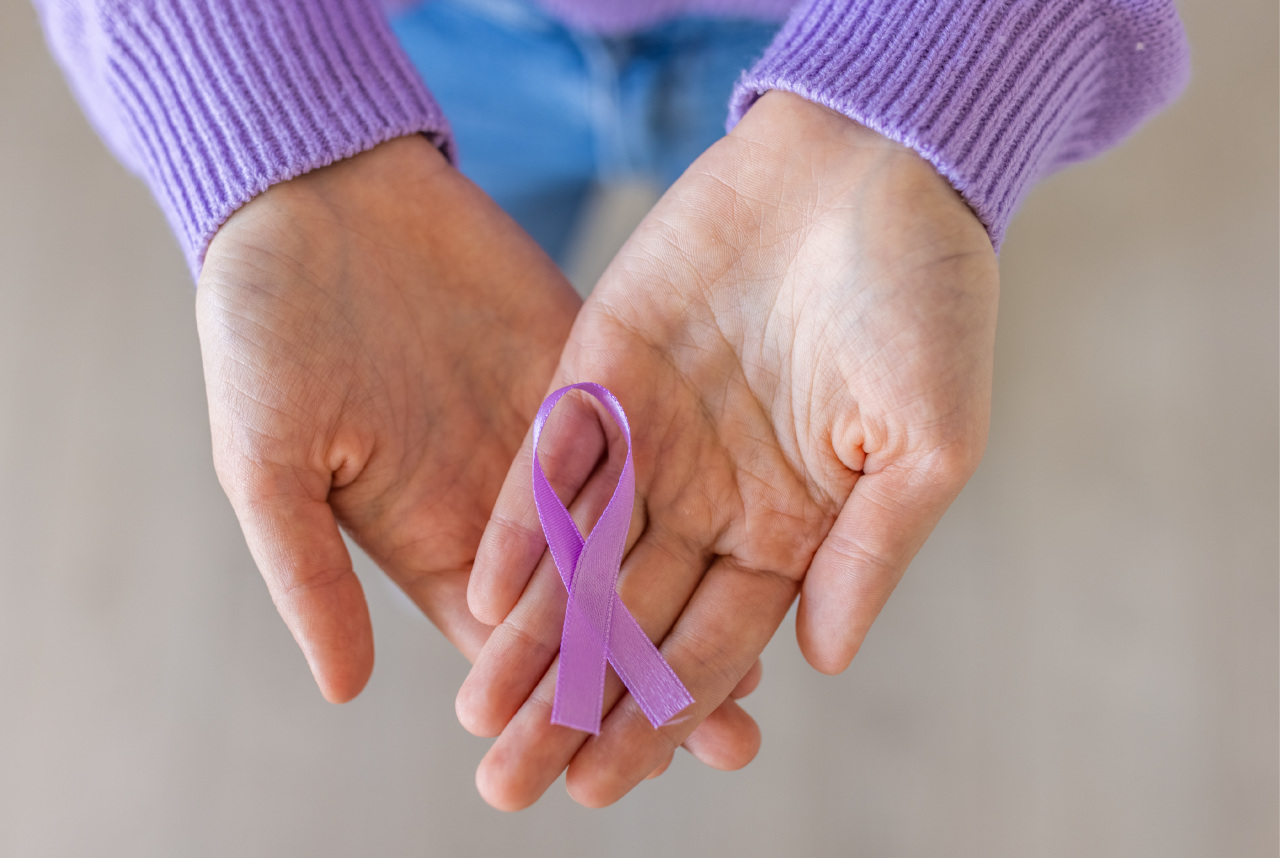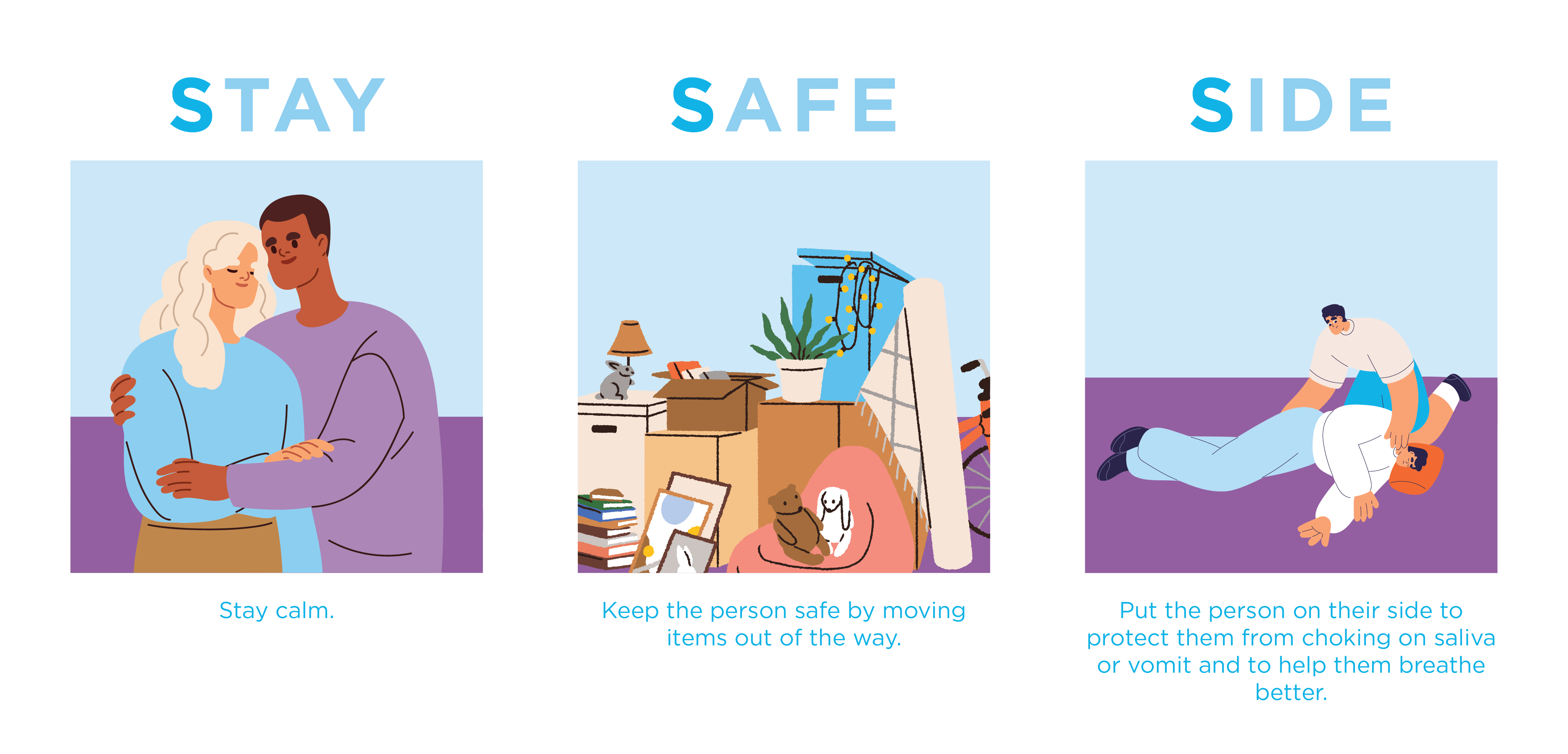Epilepsy Awareness Day: What Is Purple Day 2025?
March 26, 2025Reading Time: 4 minutes

Key Takeaways
- Epilepsy Awareness Day, also known as Purple Day, is March 26.
- This grassroots effort reminds people living with epilepsy that they aren’t alone.
- There are many ways you can recognize Purple Day for epilepsy awareness. Participate by posting facts on social media, wearing purple, and learning what to do when someone has a seizure.
- Purple Day is an excellent time to dispel myths and stigma associated with epilepsy.
Purple Day is an international day for epilepsy awareness, recognized every year on March 26. You can participate in Epilepsy Awareness Day by learning more about the condition and sharing that information with others.
There are still a lot of myths and stigma associated with epilepsy, and you can help dispel them.
For example, many people still incorrectly think epilepsy is rare — that it will never affect them or someone they know. But 1 in every 26 people will be diagnosed with epilepsy in their lifetime.1
Purple Day is also a chance to learn more about the condition, such as seizure first aid and epilepsy treatments that work even when medications don’t.
Shining a Light on Life with Epilepsy during Purple Day
There are many ways you can recognize Purple Day and raise epilepsy awareness in your community or with your online networks.
Share epilepsy facts on social media
Social media are great tools to spread awareness of epilepsy. Consider sharing some quick but powerful posts with epilepsy statistics and hashtags from the Epilepsy Foundation2:
- 65 million people around the world live with #epilepsy.
- 3.4+ million people in the United States live with #epilepsy.
- 1 in 26 people in the U.S. will develop epilepsy at some point in their lifetime.
- Each year, more than 1 in 1,000 people living with epilepsy die from sudden unexpected death in epilepsy (SUDEP).
- 4 of 10 people with #epilepsy in the industrialized world do not receive appropriate treatment.
- 8 of 10 people living with #epilepsy in developing nations do not receive appropriate treatment.
- Seizure devices can help people living with drug-resistant epilepsy.
Help support epilepsy awareness in your community
- Donate to an epilepsy organization.
- Give a short presentation at work or school about epilepsy facts and myths.
- Organize a walk to recognize Purple Day.
- Read more about epilepsy through online blogs. You can access a large selection of educational content from NeuroPace, such as blogs on epilepsy and mental health and seizure triggers.
Go purple
- Change your social media colors to purple.
- Make purple cupcakes or another purple treat.
- Plant lavender or display lavender flowers in your home or office.
- Wear a purple shirt or a purple epilepsy ribbon for the day.
- Ask your employer, school, or community organization to encourage everyone to wear purple.
Learn what to do if someone has a seizure
On Purple Day, consider learning what to do when you witness someone having a seizure. You can even share this information with others to increase everyone’s awareness.
Remember the letters SSS: stay, safe, side.
- Stay: Stay calm.
- Safe: Keep the person safe by moving items out of the way.
- Side: Put the person on their side to protect them from choking on saliva or vomit and to help them breathe better. Place something soft under their head to keep them as comfortable as possible.

It’s a myth that someone having a seizure can choke on their tongue. Do not put anything in the person’s mouth, as it can become a choking hazard.
Call 911 only if a seizure lasts longer than five minutes or if a person was injured during a seizure. Many people living with epilepsy don’t want to find themselves in an ambulance after short seizures.
When a seizure is over:
- The person might not realize or remember what happened.
- Many people prefer that you don’t make a big deal out of it.
- Some people may have particular food cravings afterward.
To learn more, consider registering for seizure first aid training or seizure first aid training in Spanish.
Combat epilepsy myths and stigma
Purple Day is also an excellent time to address the stigma and myths associated with epilepsy and seizures. By understanding the condition, you can speak up when you hear common misconceptions, including:
- “Epilepsy is contagious”: Many people believe incorrectly that epilepsy is contagious. People living with the condition are still shunned in some international communities.
- “People living with epilepsy can’t lead a normal life”: There are misconceptions that people living with epilepsy can’t do their jobs, go to school, or participate in social activities. In reality, people with epilepsy can do all these things — and excel at them. They can follow whatever lifestyle works best for them, especially with a great support system and treatment plan. Accommodations are available both at work and in everyday life for those who do face limitations from epilepsy.
- “All seizures look the same”: Many people mistakenly think that a seizure always involves uncontrollable, jerky body movements. But some seizures aren’t as visible and just make a person act differently (for example, not responding, not following directions, or acting differently than they usually do).
Embracing epilepsy awareness
As Purple Day dawns, let’s not just wear the color. Let’s embody the spirit of unity and purpose it represents. Whether you live with epilepsy, know someone who does, or simply want to make a difference, this global movement offers a chance to take part in something bigger. Embrace knowledge, dispel myths, and ignite the conversation that can truly change lives. Together, we can light the path to a brighter, more inclusive future for everyone affected by seizures.
References:
- Who Can Get Epilepsy, updated on February 4, 2022. Epilepsy Foundation.
- International Epilepsy Day, published January 30, 2024. Epilepsy Foundation.
*Every person’s seizures are different and individual results will vary


